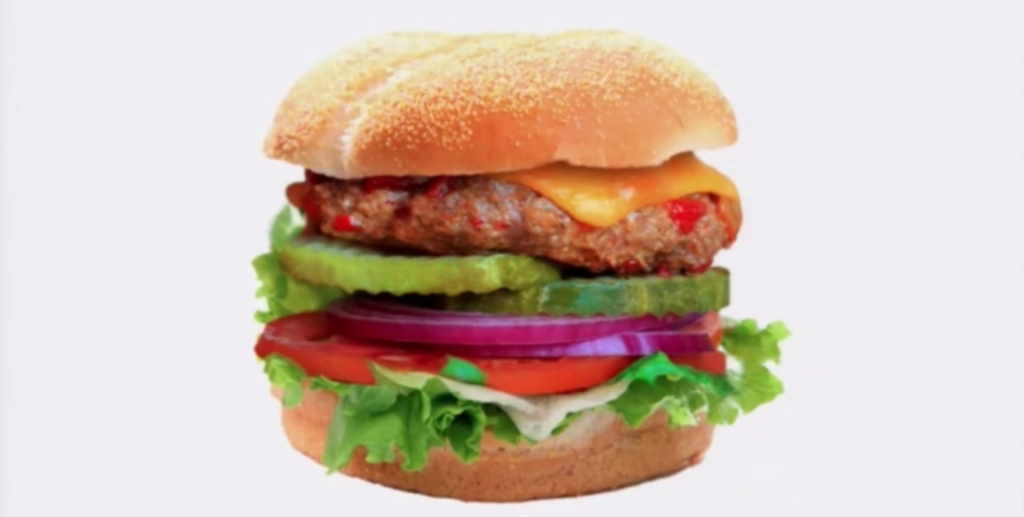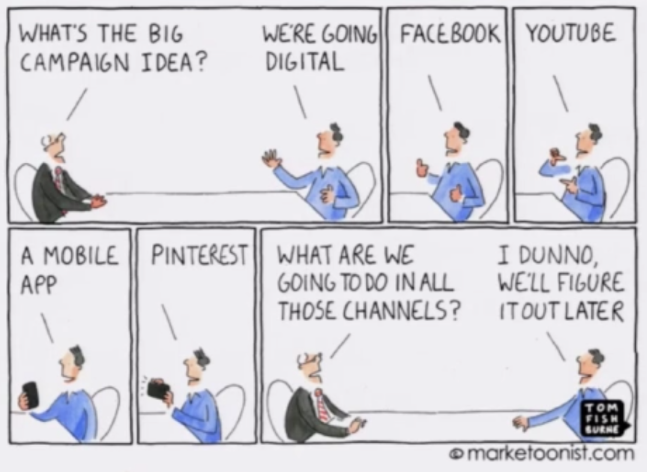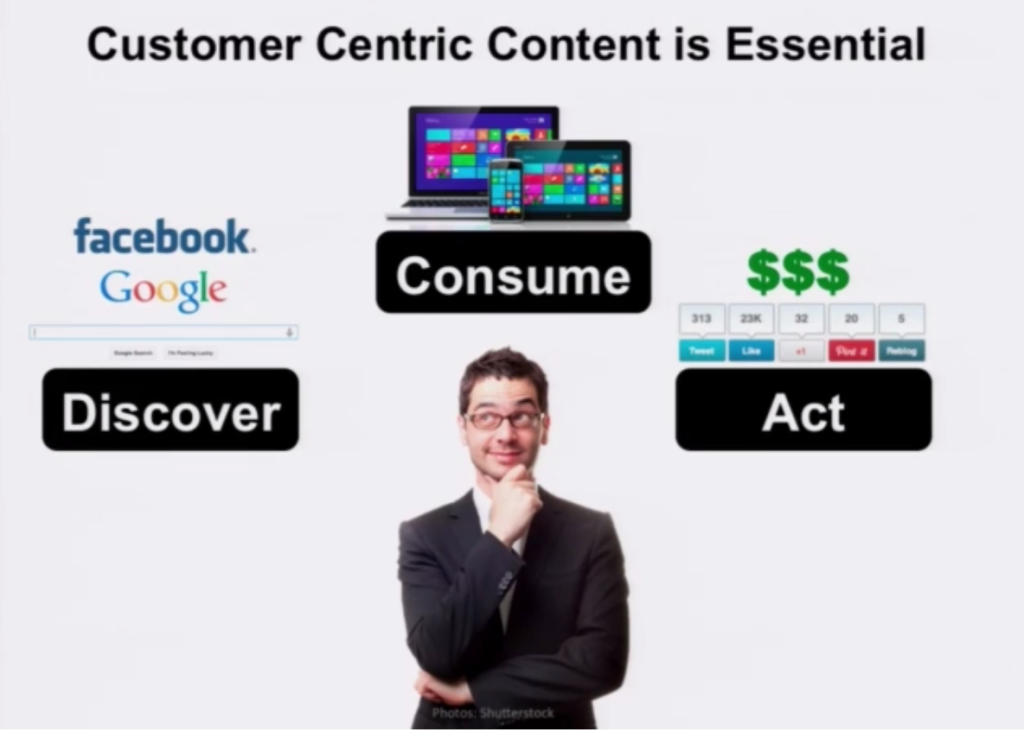Like most digital marketers, Lee Odden creates a lot of content. As CEO of TopRank Online Marketing, his blog has published more than 3,700 posts containing 1.8 million words over the last 11 years, and on top of that, he wrote the book, “Optimize.”
How does he create all of that original content across all of those channels?
He doesn’t – he repurposes some content a long way to reach his audience.
“People are creating a lot of content, but the question they’re not always answering is: For who?” says Odden, who spoke at the Social Media Marketing World Conference in San Diego recently. “A lot of folks get enamored with the shiny objects of social media without thinking about whose problem we’re solving. What most people are doing with content repurposing is solving their own problem – to make sure they get 25 blog posts this month to get x number of impressions or unique visitors or other KPIs – not necessarily thinking: How am I making my customer’s life easier?”
If you’re repurposing content by making five slightly different versions to meet a quantitative quota, you’re not adding value for your customer. Repurposing should be a purposeful part of your content strategy. Here are the steps and examples Odden shared at SMMW explaining how to repurpose content for specific target audiences.
Get customer centric.
Before you create any content, you have to know what questions to answer. So first, you’ve got to understand who your customers are and what’s important to them. How do they discover information, who influences their decisions, and how do they search for answers? Which devices do they prefer to consume information? What motivates them to act?
There are countless approaches to identifying customer segments, developing personas and determining their questions throughout the sales cycle. The bottom line is that customers go through different phases along the journey to a purchase. In the simplest terms, they want to understand:
- What is your product or solution?
- How does it work?
- What should I do about it?
Align your content to various stages of the customer journey by tailoring it to different types of customers during certain phases of the sales cycle.
Be the best answer.
Once you know the questions your audience is asking, you can position yourself with the best answer. To do that, you have to a) be easy to find, and b) deliver value when they find you. And, of course, be very clear about your answer and the value you add.
“What is it that you stand for? How do you want to be known?” Odden says. “Specificity rules, especially on search, social, and working with media. Singularly understanding what you stand for makes it easy for them to identify what you’re the best answer to.”
Think modular content.
Repurposing content makes the most of limited marketing resources. The common approach is to go “big to small,” or take one big piece of content (like an eBook) and break it down into smaller pieces of content (blog posts, SlideShares, videos, etc.) Odden also thinks “small to big,” compiling micro-content into a larger piece of content like a blog or eBook – which can be deconstructed again into other formats.
Here are a few examples of how to repurpose content for added efficiency and SEO benefits:
- Event Preview
Before Social Media Marketing World, Odden worked with Social Media Examiner to create an eBook featuring tips from several speakers, previewing their sessions at the event. The tips made it useful for any marketer, while serving the dual purpose of publicity for both the event and the individual speakers – who helped share the eBook to their networks. Next, Odden combined the tips into categories like Facebook and blogging, then compiled separate blog posts (many of which still rank on the first page of Google results).
- News Curation
Of the content Odden shares on social media, only about 30 percent is created by (or about) TopRank. The majority, about 70 percent, is useful information and industry news from other sources. Look for content that answers one of the three main buying cycle questions above: What is it? How does it work? What should I do about it? Find and share this content on social media throughout the week. Then on Friday, collect the best industry news items for a weekly blog roundup. Then, select the best of those to include in your email newsletter.
- Micro-Content Nuggets
In addition to trending news and informative articles, Odden curates micro-content nuggets, like stats, quotes, and quick tips. He’ll compile hundreds of these into spreadsheets, organized by the buying stage of the audience. Then he starts scheduling social shares, compiling listicles and writing blog posts. These stats and quotes often end up in presentations or media interviews.
- Explode Interviews
Interviews are a great way to get content by tapping into your influencers – and as an added bonus, they usually help you promote it. Some questions should be tailored to each interview, but some questions should be repeated in every interview, so you can collect all the answers for another piece of content. Odden recommends sprinkling search keywords in your questions to inspire keyword relevant responses that boost your search visibility with practical, shareable tips.
Arrange a tasty burger.
“Think of a burger as modular content,” Odden says. “There are many ingredients, many combination options. As you’re looking at your content assets, don’t just think of the large blog posts, webinars, whitepapers. Think of the individual ideas contained within those content objects. Think how you can reassemble those ideas like a puzzle, specifically according to what your target audience wants to know, based on where they are in the buying journey.”
You just have to know what kind of burger your customer craves.
>> Contact Bantamedia for help managing your brand resources to grow your business. >>
Image credits: Lee Odden, Social Media Marketing World presentation




